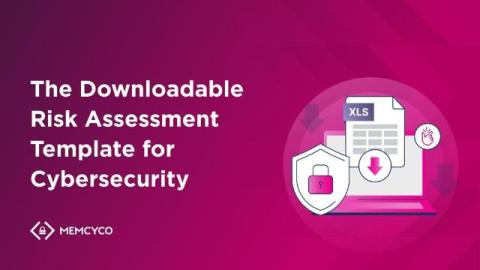Threat Actors Abuse Microsoft Sway to Launch QR Code Phishing Attacks
Researchers at Netskope last month observed a 2000-fold increase in traffic to phishing pages delivered through Microsoft Sway. The phishing attacks are targeting organizations in the technology, manufacturing, and finance sectors in Asia and North America. Most of these attacks involved QR code phishing (quishing) to trick victims into visiting the malicious sites.











